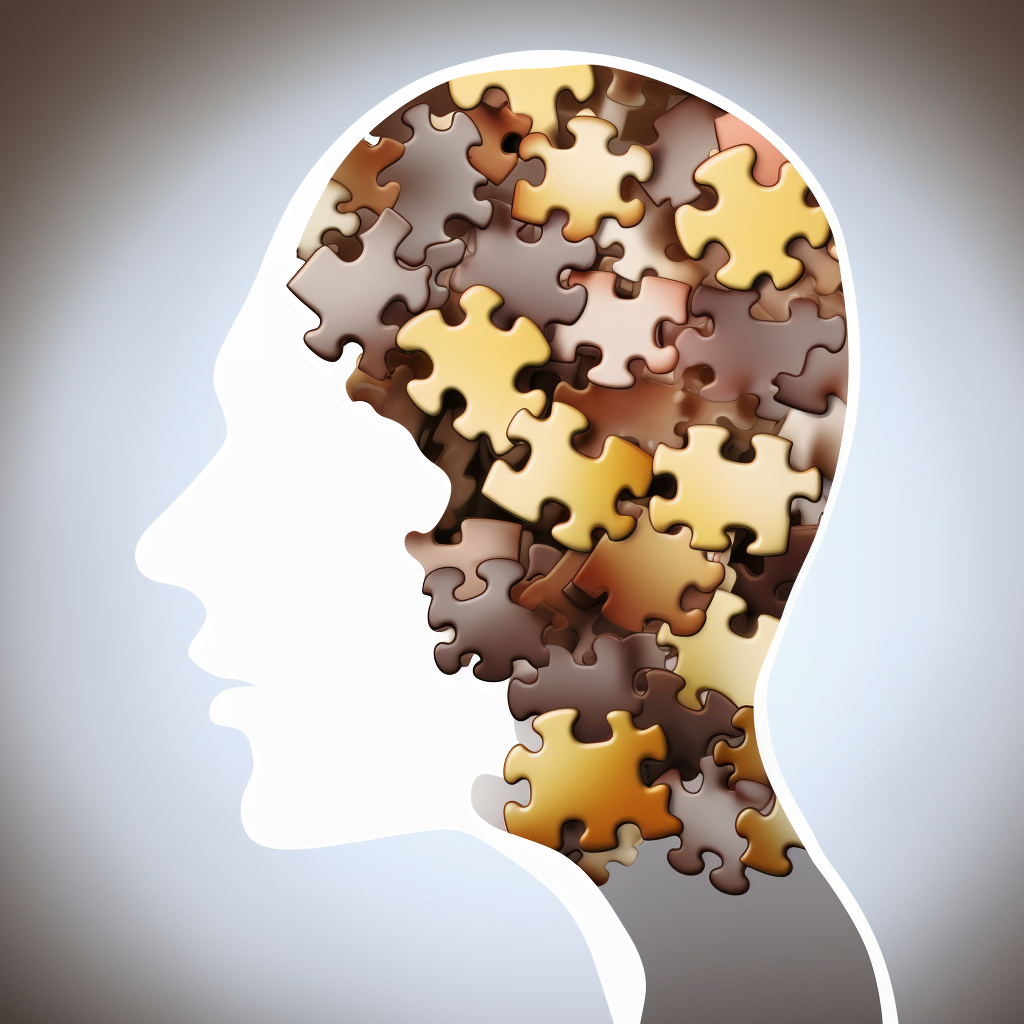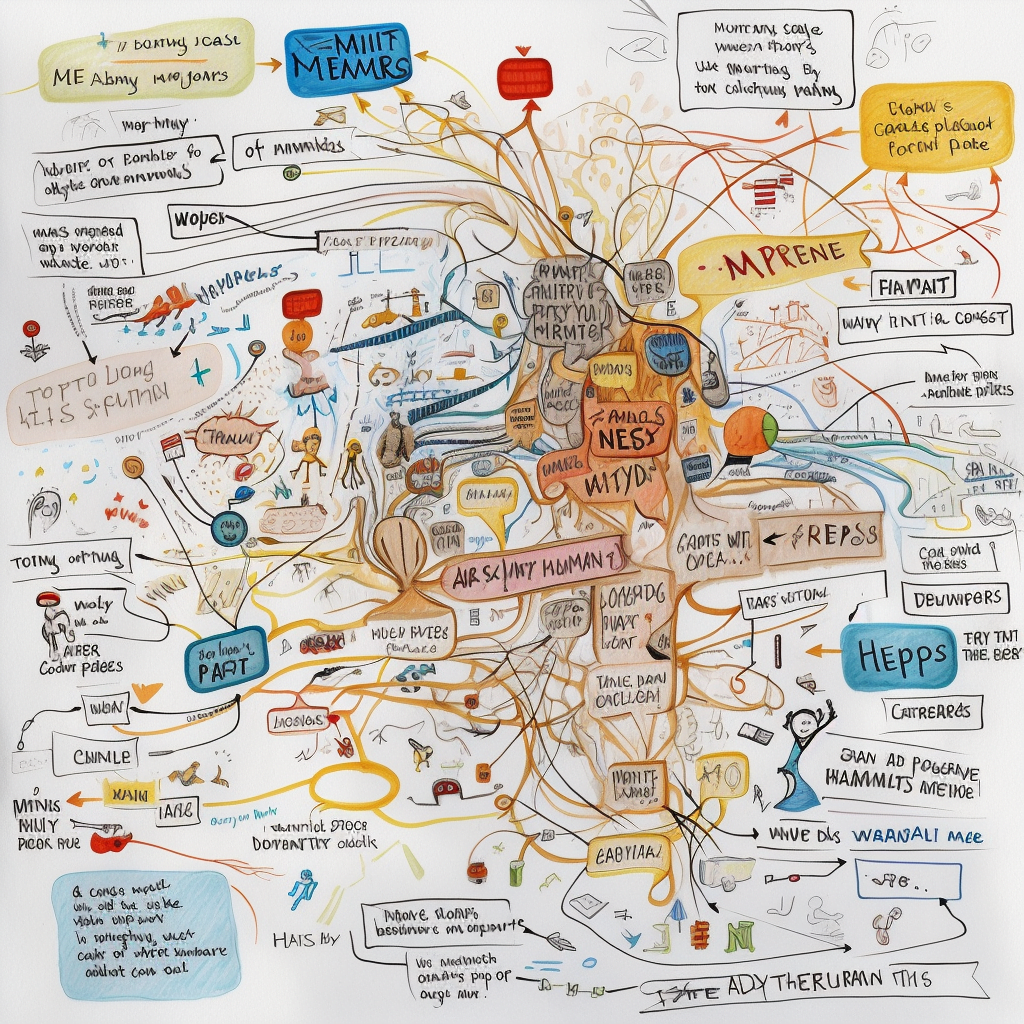
In psychology, shape constancy is our perception of objects having the same shape no matter what angle we can see them or their orientation. If you can imagine a box of tissues, and then imagine walking around it in a circle, you know the shape your eyes see will change over time. Yet, in your head, you still know it’s the exact same rectangle cubish object you first saw. It’s simply a rectangular tissue box, no matter what angle you view it from. We take into account cues from our experience, distance, and other visual components to maintain the shape constancy in our minds.
A Peek into the Magic of Shape Constancy
Shape constancy is like a magical superpower that allows everyone to recognize objects even if they’re seen from different angles. It’s like having a supercomputer in the brain, always working to ensure that objects are recognized correctly. It’s quite an extraordinary ability, and yet, it’s something most people don’t even realize they have. It’s the silent hero of perception, keeping the world consistent and familiar.
The Role of Shape Constancy in Everyday Life
Imagine going through life without shape constancy – every time an object is viewed from a different angle, it would seem like a completely new and unfamiliar shape. Life would be like trying to solve a never-ending puzzle, and it would be downright confusing. Thankfully, shape constancy comes to the rescue, making sure that objects appear consistent and recognizable no matter the angle or perspective.
In a world where shape constancy is hard at work, objects like chairs, cups, and cars are easily recognized from various angles. It’s like having a trusty sidekick that whispers, “Hey, that’s still the same object you saw before, just from a different perspective!” It might not seem like much, but this superpower makes life a whole lot easier.
The Science Behind the Scenes: How Shape Constancy Works
The brain is like a master chef, combining various ingredients to create the perfect dish of perception. It takes information from the eyes and adds a pinch of experience, a dash of distance cues, and a sprinkle of context to create the masterpiece that is shape constancy.
The brain uses cues from the environment and previous experiences to determine the true shape of an object. For example, when looking at a door, the brain knows that doors are typically rectangular and flat. So even if the door is seen at an angle, it still appears as a door because of the brain’s previous knowledge and the context in which the door is seen.
Examples of Shape Constancy in Action
A Tasty Example: The Pizza Slice
Picture a delicious pizza slice. When it’s viewed from the side, it appears as a thin triangle. But when it’s viewed from above, it looks more like a fat, rounded triangle. Despite the different appearances, the brain still knows that it’s a pizza slice. Shape constancy is hard at work, making sure the pizza slice is recognized no matter the viewpoint.
The Classic Coin Example
Take a coin, like a shiny quarter. Hold it up and look at it straight on – it appears as a perfect circle. Now tilt the coin slightly, and it starts to look more like an oval. But the brain knows it’s still a quarter, thanks to shape constancy. The coin’s value remains the same, regardless of how it’s viewed.
The Case of the Rotating Door
Envision a door that’s wide open, and then picture it slowly closing. As the door closes, its shape seems to change, appearing more and more like a thin line. Yet, the brain knows that it’s still the same door, just viewed from a different angle. Shape constancy keeps the door recognizable, even as it appears to change shape.
In conclusion, shape constancy is a powerful and often underappreciated aspect of perception. It helps people navigate the world, allowing for the recognition of objects from various angles and perspectives. The brain’s ability to maintain shape constancy is truly remarkable, making life more manageable and less puzzling. So the next time an object is viewed from a different angle, take a moment to appreciate the magic of shape constancy and the brain’s incredible ability to keep the world consistent and familiar.




